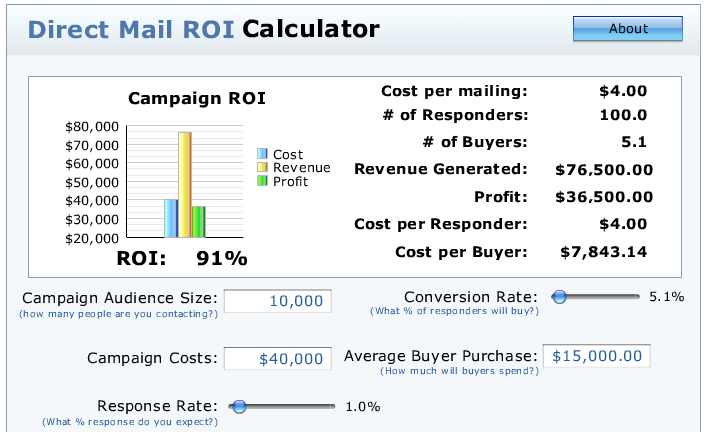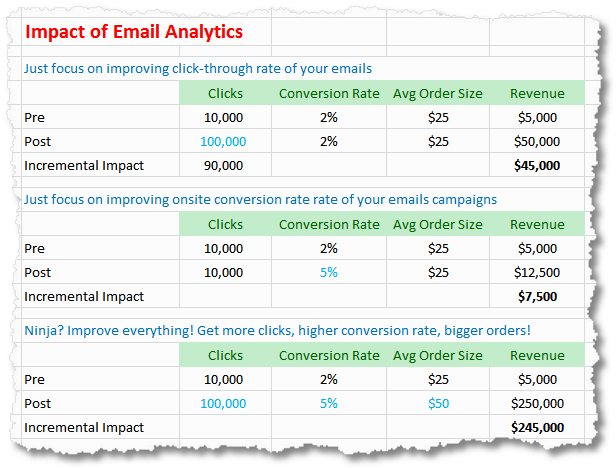Calculate Return on Investment
Post on: 29 Июнь, 2015 No Comment

In order to determine the performance of your portfolio you should make regular calculations on its return. Many investors fail to make appropriate estimations. This article aims to provide you with guidelines on how to calculate the returns on your investment.
In order to estimate the performance of your stocks, you can use several methods. You may find some of them very difficult, but with a little concentration and a calculator nothing will hinder your evaluation of how your investment is doing.
The calculations are as follows:
Total Return represents one of the easiest estimations, which also includes dividends as part of our considerations. The formula for calculating total return is:
Total Return = [(End-of-the-Year Investment Value — Beginning-of-the-Year Investment Value) + Dividends] / Beginning-of-the-Year Investment Value
Example: John purchased a stock for $6,000. At the end of the year the stock is worth $7,500. Therefore, John has an unrealized gain of $1,500. John was paid dividends of $260. So, John’s total return is calculated as follows:
Total Return = [($7,500 — $6,000) +$260] / $6,000 = 0.293
Therefore, the stock of John has a total return of 29.3%.
One of the drawbacks of total return is that it doesn’t take into consideration the change in the value of money over the time.
Simple return calculations are executed after you have sold the investment. The formula you use to calculate it is:
Simple Return = (Net Proceeds + Dividends) / Cost Basis — 1
Example: John purchased a stock for $2,000. He paid a commission fee to his broker amounting to $15. Therefore, the cost basis of John is $2,015 ($2,000 + $15). John sold the stock for $3,000. Again he paid his broker a commission of $15. Therefore, his net proceeds are $2,985 ($3,000 — $15). He was also paid dividends amounting to $100. Therefore, the simple return of the investment is:
Simple Return = ($2,985 + $100)/$2,015 — 1 = 0.53
Thus, the simple return of John’s investment is 53%.
Simple return doesn’t give you an idea on the time period during which the investment was held. In order to get after-tax returns, net proceeds should be substituted by net proceeds after taxes and dividends should be substituted by after tax dividends.

In order to make evaluation on the return of an investment that is held for more than a year, you can use the compound annual growth rate ratio. It takes into consideration the time value of money.
Compound Annual Growth Rate = Adjusted Simple Return (raised to the power) — 1
Adjusted Simple Return = (Net Proceeds + Dividends) / Cost Basis
Power (Exponent) = 1 / number of years the investment has been held
Example: Continuing from the previous example for the calculation of simple return we now take into account that John has held the stock for 5 years.
Compound Annual Growth Rate = 1.53 (1/5) — 1 = 1.53 (0.2) — 1 = 0.089
Thus, the compound annual growth rate of John’s investment is 8.9%.
Calculating compound annual growth rate is more complicated than calculating the previous ratios, but you can find the calculations in many online sources.














